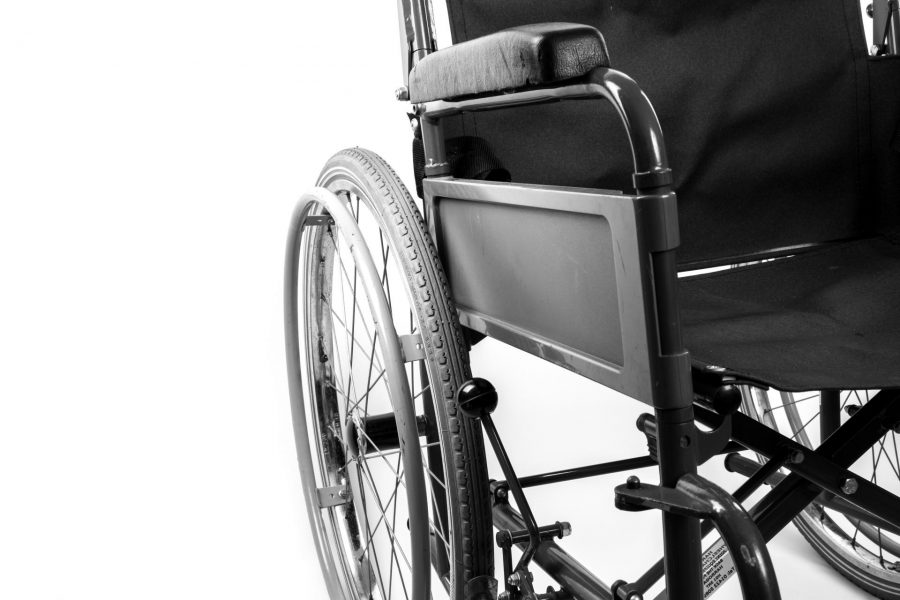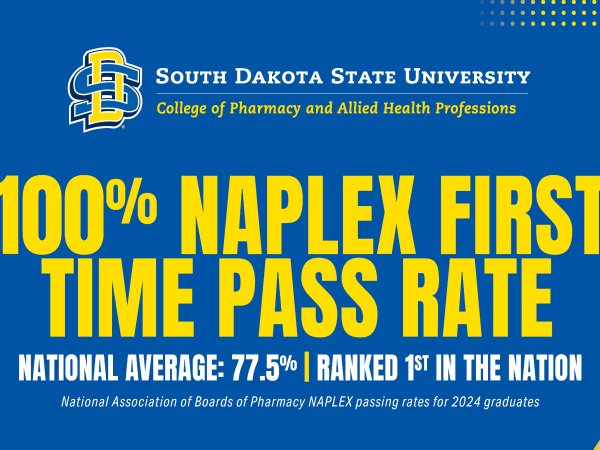It takes a bit of planning for South Dakota State counseling graduate student Kanbi Knippling to go about her day.
She was born with spina bifida, a degenerative disorder, and has been in a wheelchair since she was 13 years old.
During Knippling’s time as an undergraduate in psychology and human development and family studies and throughout her continuing education, she has faced and continues to face accessibility issues around campus.
Administrative officials plan to hire a person in charge of complying to the Americans with Disabilities Act (ADA) and campus accessibility by spring semester. But Knippling said many problems still exist and, in some ways, have gotten worse.
Knippling’s main problem is being unable to meet with many of her professors in buildings that are unaccessible, such as Wenona Hall and other older buildings on campus.
She said they are willing to meet other places on campus, but these limitations require her to put much more forethought and planning into her days.
“I’m also, probably, one of the most stubborn people on the face of the earth,” she said. “I’m usually somebody who will figure it out one way or another.”
Though the Department of Psychology was accessible when she was an undergraduate, it has since moved to the basement of Hansen Hall, which is inaccessible to students with physical disabilities.
Knippling also said the sidewalks on the older half of campus, west of Medary Avenue, are riddled with cracks and, during winter, those cracks are hidden by snow, making mobility even more difficult.
Also, the path to the Hilton M. Briggs Library is not compliant with the ADA, according to Nancy Hartenhoff-Crooks, SDSU coordinator of Disability Services. People with disabilities can access the library, but it is a “long haul.”
“One thing I always suggest for students, with temporary disabilities especially, is to obtain an accessible parking permit.”
-Nancy Hartenhoff-Crooks, SDSU coordinator of Disability Services
Currently, accessibility is managed by the heads of departments, but by either February or March, Nathan Ziegler, Director of Diversity, Inclusion, Equity and Access at SDSU, plans to hire an ADA coordinator to examine accessibility issues across campus.
“Some of the things I’ll charge that person with are doing what is called an accessibility audit and looking at the ways our campus is meeting or is not meeting ADA compliance,” Ziegler said, “whether that’s with facilities, technology or the curriculum.”
Accessibility is always an issue for the longtime physically impaired, Hartenhoff-Crooks said, but those who are more recently injured or temporarily disabled have a harder time with mobility on campus.
Those coming to campus with long-term impairments seem to have put more thought into the difficulties in front of them, she said, but those with recent injuries will find it harder to overcome accessibility problems.
The main complaint she gets is “distances” and students having difficultu getting to classes on time.
“One thing I always suggest for students, with temporary disabilities especially, is to obtain an accessible parking permit,” she said.
An accessible parking permit allows a student to park in any lot on campus; all they’re required to have is a parking pass. It also works for students who are unable to drive themselves due to their injury.
“The permit is attached to the individual who needs it, not the car,” she said.
To get an accessible parking permit, students should contact Parking Services. Hartenhoff-Crooks said her office also offers Brookings Area Transit Authority tokens to students.




















Laura Moss • Nov 22, 2017 at 1:09 pm
I was there up thru 2007 and getting around was a little easier because I had a handicap permit and there were more parking lots and roads to get to closer to the buildings where I had classes. You use to be able to park in front of the Admin building and drive from Rotunda to Diary. Alot of other places in the main/middle/core part of campus.